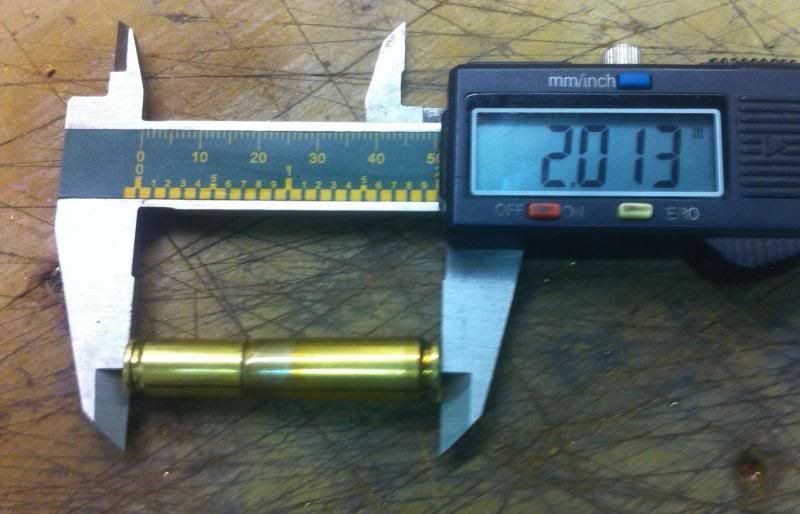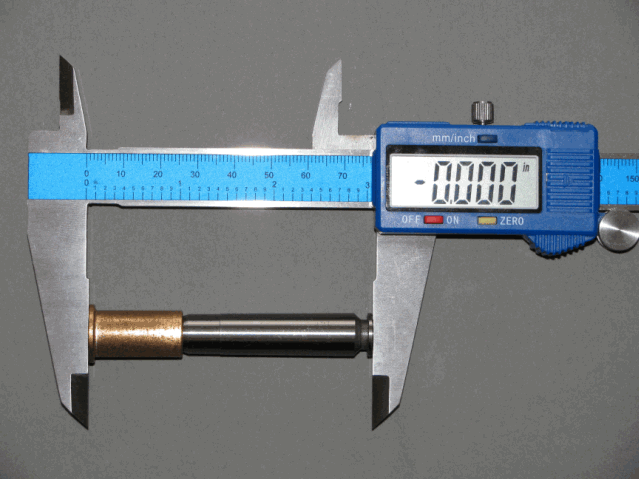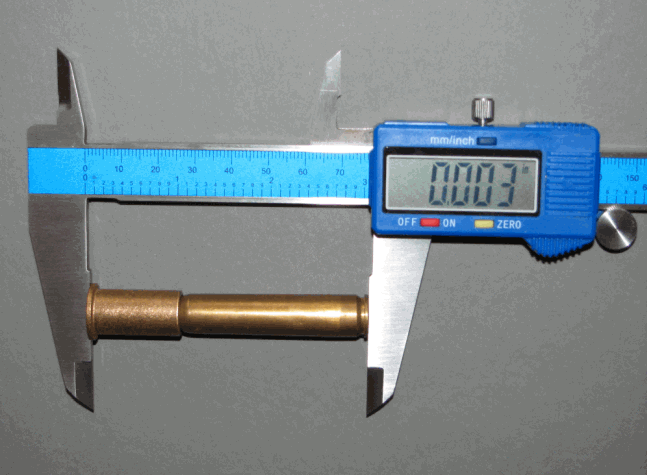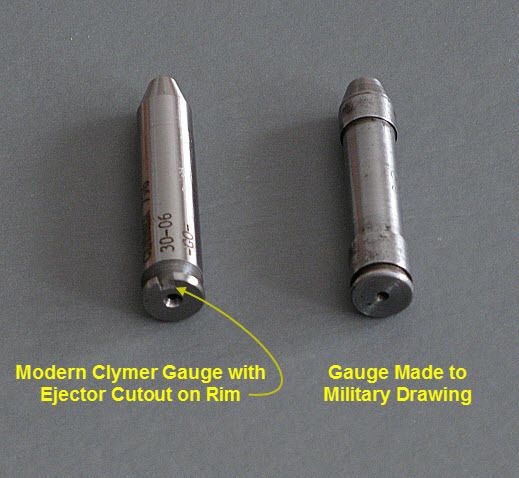2.0487 min. 2.0587 max.
Factory cases are below min.- 2.042
I understand about auto loaders , levers etc....
Wouldn't SAAMI min. be for auto loaders etc.
I would like to fully understand this before setting up my FL die.
I get a measurement of 2.042 on new factory brass.
and I have read to set the shoulder back .002 " on fired brass , but what puzzles me is that my once fired brass is still 2.042" .
Since this measurement performs , would I not set my FL die to this ?
Why would I push the shoulder back .002" from what my measurement is from a factory case if the factory case is working ?
I don't mean to be troublesome , but I need to know before I move forward.
Isn't it bad to have it pushed too far back ? This concerns me , RCBS tells you how to set it , but when it chambers successfully, you really don't know what the distance is.
Thanks......
Factory cases are below min.- 2.042
I understand about auto loaders , levers etc....
Wouldn't SAAMI min. be for auto loaders etc.
I would like to fully understand this before setting up my FL die.
I get a measurement of 2.042 on new factory brass.
and I have read to set the shoulder back .002 " on fired brass , but what puzzles me is that my once fired brass is still 2.042" .
Since this measurement performs , would I not set my FL die to this ?
Why would I push the shoulder back .002" from what my measurement is from a factory case if the factory case is working ?
I don't mean to be troublesome , but I need to know before I move forward.
Isn't it bad to have it pushed too far back ? This concerns me , RCBS tells you how to set it , but when it chambers successfully, you really don't know what the distance is.
Thanks......




